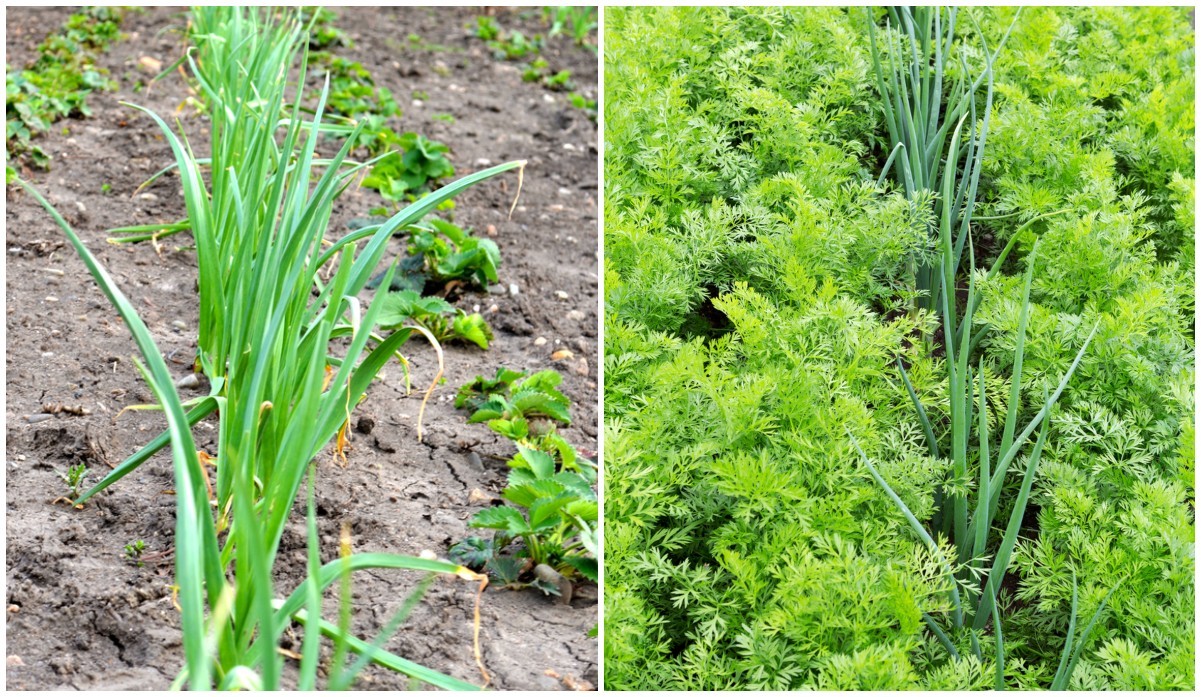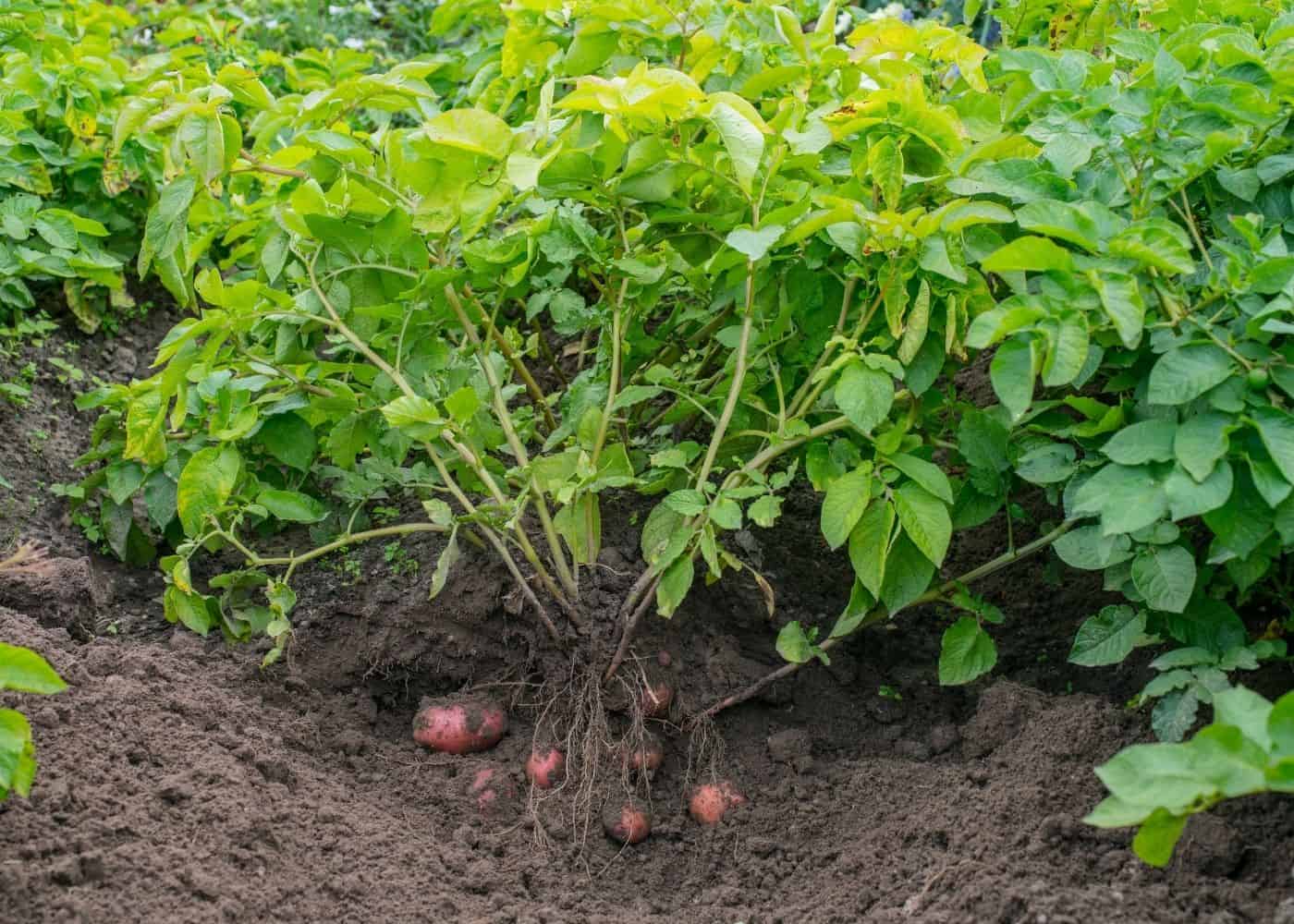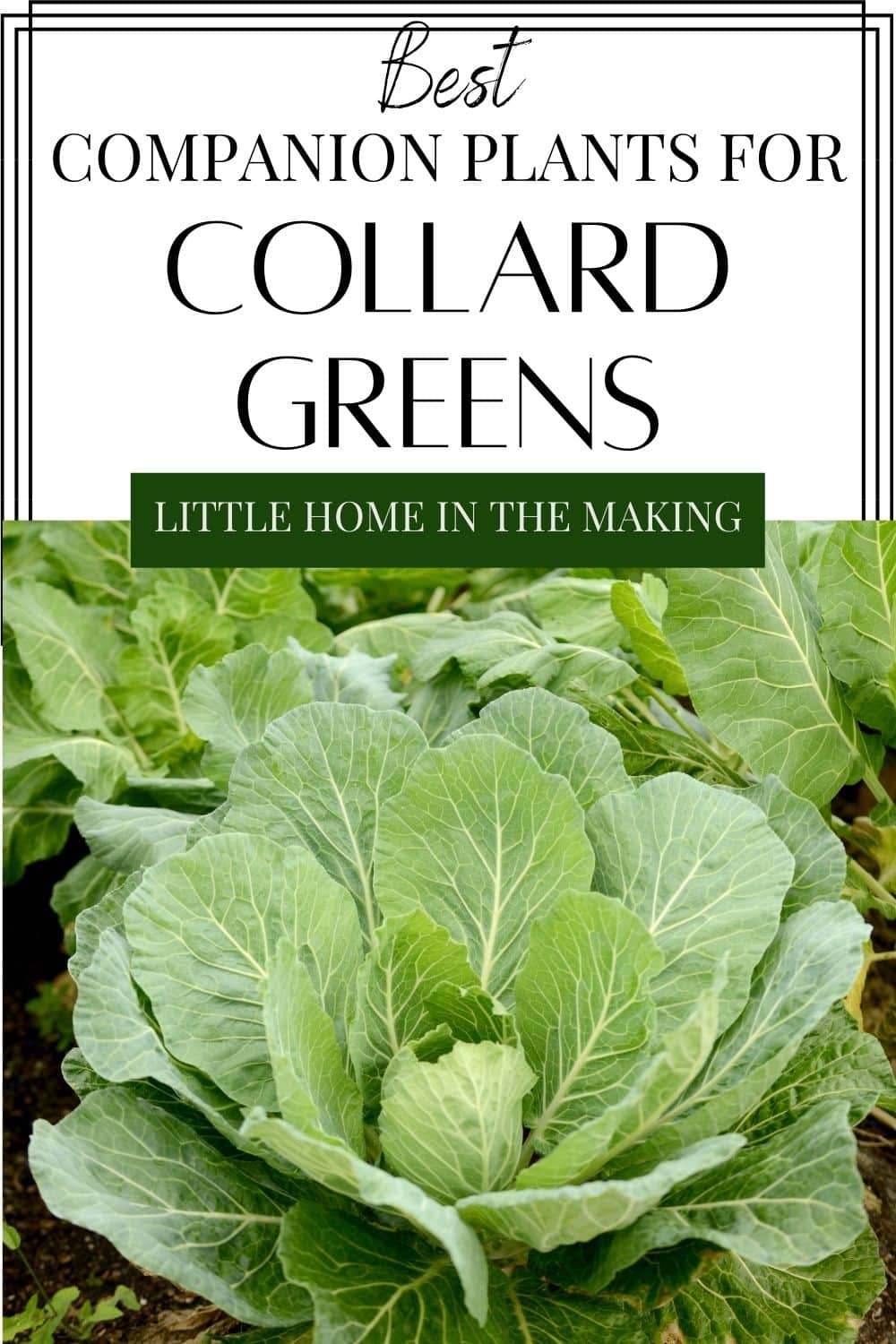The Best Companion Plants For Collard Greens
The Best Companion Plants for Collard Greens
Collard greens are a delicious and nutritious leafy green vegetable that is native to Africa. They are a member of the Brassica family, which also includes broccoli, cabbage, and kale. Collards are a cool-season crop that can be grown in most parts of the United States. They are relatively easy to grow and require full sun and well-drained soil.
One of the best ways to grow healthy and productive collard greens is to use companion planting. Companion planting is the practice of planting different types of plants together in a way that benefits each other. There are many different companion plants that can be grown with collard greens, but some of the best include:
- Celery: Celery is a good companion plant for collard greens because it helps to repel pests. Celery contains a chemical called apiol that is toxic to some insects, including cabbage loopers and aphids.
- Onions: Onions are another good companion plant for collard greens. They help to repel pests and diseases, and they also help to improve the flavor of the collard greens.
- Potatoes: Potatoes are a good companion plant for collard greens because they have different nutrient needs. Potatoes need more nitrogen than collard greens, so planting them together helps to balance out the nutrients in the soil.
- Dill: Dill is a good companion plant for collard greens because it attracts beneficial insects, such as ladybugs and lacewings. These insects help to control pests that can damage collard greens.
- Chamomile: Chamomile is a good companion plant for collard greens because it helps to improve the flavor of the collard greens. Chamomile also helps to repel pests and diseases.
In addition to these five plants, there are many other companion plants that can be grown with collard greens. Some other good options include:
- Basil: Basil helps to repel pests and diseases, and it also helps to improve the flavor of collard greens.
- Garlic: Garlic helps to repel pests and diseases, and it also helps to improve the flavor of collard greens.
- Marigolds: Marigolds help to repel pests and diseases, and they also help to improve the drainage of the soil.
- Nasturtiums: Nasturtiums help to attract beneficial insects, and they also help to improve the drainage of the soil.
- Spinach: Spinach is a good companion plant for collard greens because it has similar growing requirements. Spinach does not require a lot of space, so it can be planted between rows of collard greens.
When choosing companion plants for collard greens, it is important to consider the specific needs of the plants. Some plants, such as celery and onions, have different nutrient needs than collard greens. It is also important to consider the size of the plants. Some plants, such as potatoes, can grow quite large and may crowd out collard greens.
By planting companion plants with collard greens, you can help to improve the health, productivity, and flavor of your crop. Companion planting is a simple and effective way to garden more organically and sustainably.
Collard greens are a delicious and nutritious vegetable that can be grown in many different climates. If you're planning on planting collards in your garden, you may want to consider companion planting. Companion planting is the practice of planting certain types of plants together to benefit each other. There are many different companion plants that can be grown with collard greens, but some of the best include:
- Celery: Celery helps to repel pests that can damage collard greens, such as aphids and cabbage moths.
- Onions: Onions help to improve the flavor of collard greens and also repel pests.
- Potatoes: Potatoes and collard greens don't compete for the same nutrients, so they can be planted together without worrying about one plant outgrowing the other.
- Dill: Dill attracts beneficial insects that help to control pests.
- Chamomile: Chamomile helps to improve the growth of collard greens and also repels pests.
For more information about companion planting with collard greens, you can visit Gardenia Inspiration. This website has a comprehensive list of companion plants for collard greens, as well as information on how to plant and care for these plants.
FAQ of collards companion plants
Q: What are the best companion plants for collards?
A: Some of the best companion plants for collards include:
- Garlic: Garlic helps to repel pests such as cabbage moths and aphids.
- Onions: Onions also help to repel pests, and they can also help to improve the flavor of collards.
- Mint: Mint helps to deter slugs and snails, and it can also help to improve the drainage of the soil.
- Dill: Dill helps to attract pollinators, which can help to improve the yield of collards.
- Rosemary: Rosemary helps to repel cabbage moths and other pests.
- Thyme: Thyme helps to repel cabbage moths and other pests, and it can also help to improve the flavor of collards.
- Oregano: Oregano helps to repel cabbage moths and other pests, and it can also help to improve the flavor of collards.
- Marjoram: Marjoram helps to attract pollinators, which can help to improve the yield of collards.
- Chamomile: Chamomile helps to repel pests and diseases, and it can also help to improve the flavor of collards.
- Mugwort: Mugwort helps to repel pests and diseases, and it can also help to improve the drainage of the soil.
- Catnip: Catnip helps to attract pollinators, which can help to improve the yield of collards.
- Southernwood: Southernwood helps to repel pests and diseases, and it can also help to improve the flavor of collards.
- Hyssop: Hyssop helps to repel pests and diseases, and it can also help to improve the flavor of collards.
- Potatoes: Potatoes help to improve the drainage of the soil, and they can also help to suppress weeds.
Q: Can I plant collards with other members of the Brassica family?
A: No, you should not plant collards with other members of the Brassica family, such as broccoli, cabbage, cauliflower, kale, and mustard greens. This is because these plants are all susceptible to the same pests and diseases, and planting them together can make it easier for pests and diseases to spread.
Q: What are some of the benefits of planting collards with companion plants?
A: There are many benefits to planting collards with companion plants. Some of the benefits include:
- Pest and disease control: Companion plants can help to repel pests and diseases, which can help to keep your collards healthy.
- Improved soil quality: Companion plants can help to improve the soil quality by adding nutrients, aerating the soil, and suppressing weeds.
- Increased yields: Companion plants can help to increase the yields of collards by attracting pollinators and improving the overall health of the plants.
- Enhanced flavor: Companion plants can enhance the flavor of collards by releasing volatile oils into the air.
Q: How far apart should I plant collards and their companion plants?
The distance you should plant collards and their companion plants apart will depend on the specific plants you are growing. However, as a general rule of thumb, you should plant collards about 18 inches apart and their companion plants about 12 inches apart.
Q: When should I plant collards and their companion plants?
The best time to plant collards and their companion plants is in the spring or fall. Collards can tolerate a wide range of temperatures, but they prefer cooler weather. If you are planting collards in the spring, wait until the soil has warmed to at least 60 degrees Fahrenheit. If you are planting collards in the fall, wait until the weather has cooled down and the risk of frost has passed.
Image of collards companion plants
Here are 5 different images of collards companion plants from Pinterest:
- Collards and onions: Onions help to repel pests that can harm collards, such as cabbageworms and aphids.

- Collards and potatoes: Potatoes and collards do not compete for the same nutrients, so they can be planted together without sacrificing the growth of either plant.

- Collards and beans: Beans fix nitrogen in the soil, which can benefit collards and other plants.

- Collards and carrots: Carrots help to repel the pests that can harm collards, such as cabbageworms and aphids.

- Collards and tomatoes: Tomatoes help to repel nematodes, which can harm collards.
Post a Comment for "The Best Companion Plants For Collard Greens"